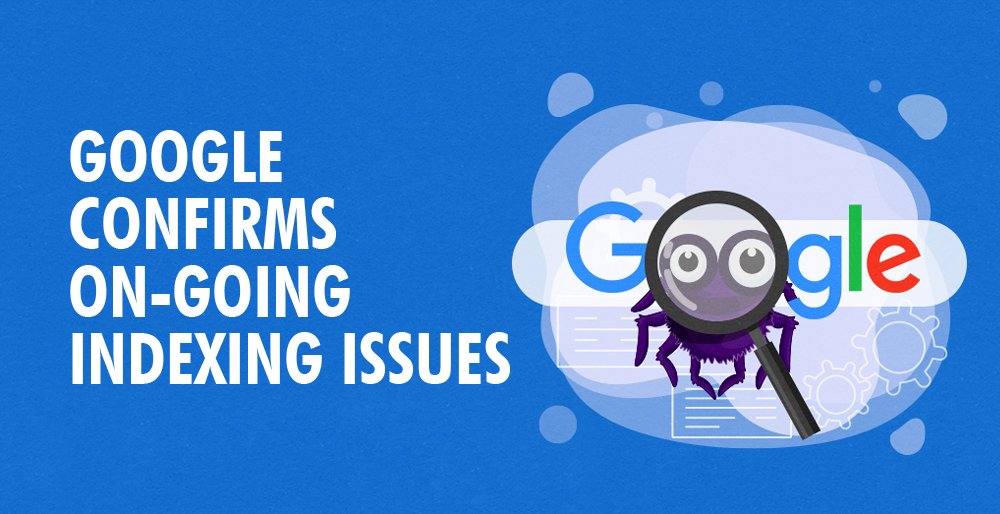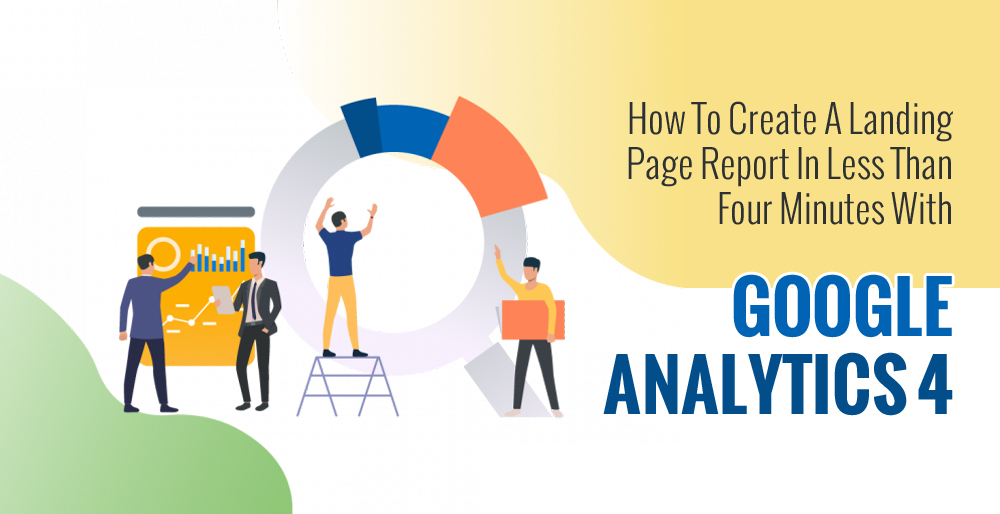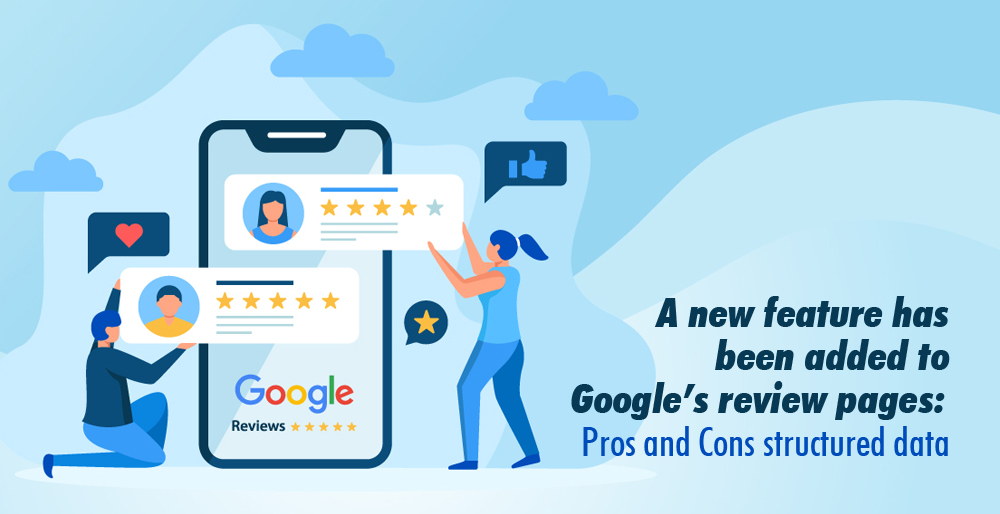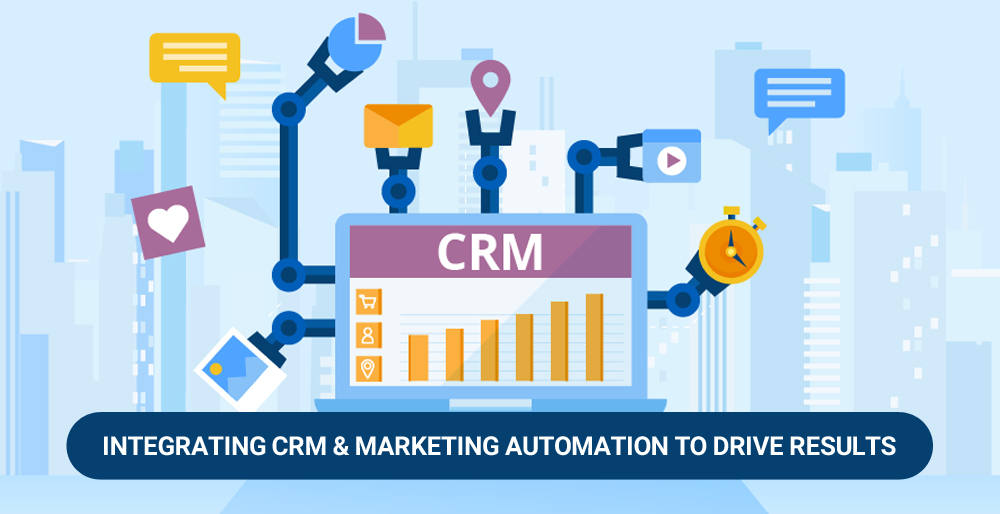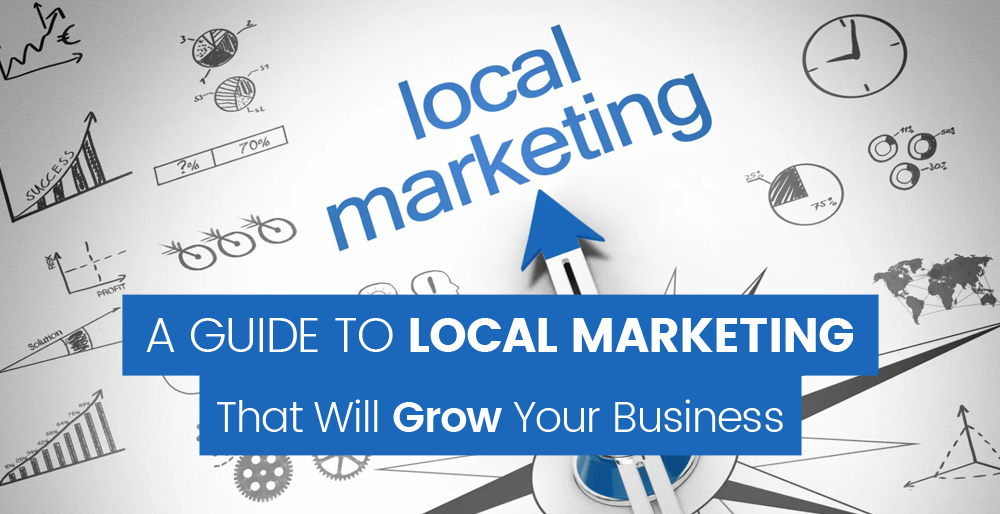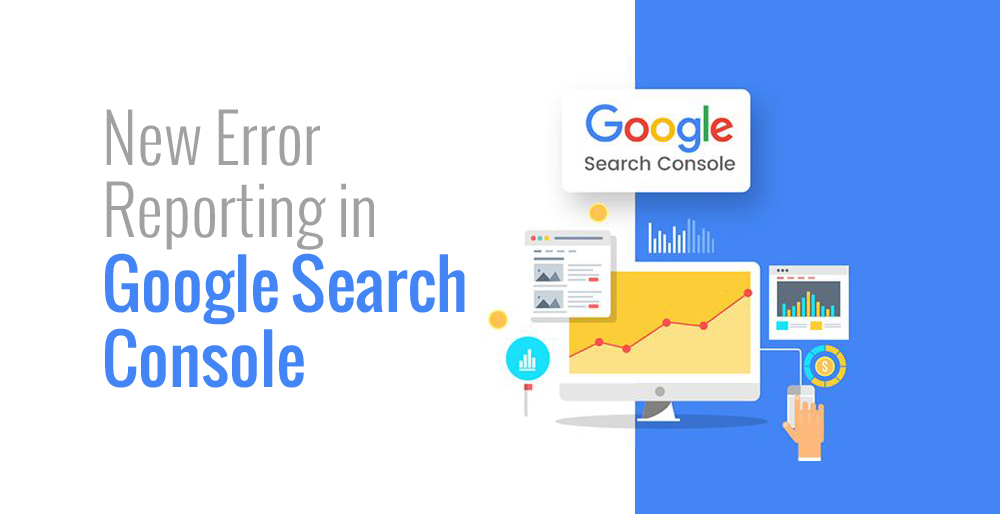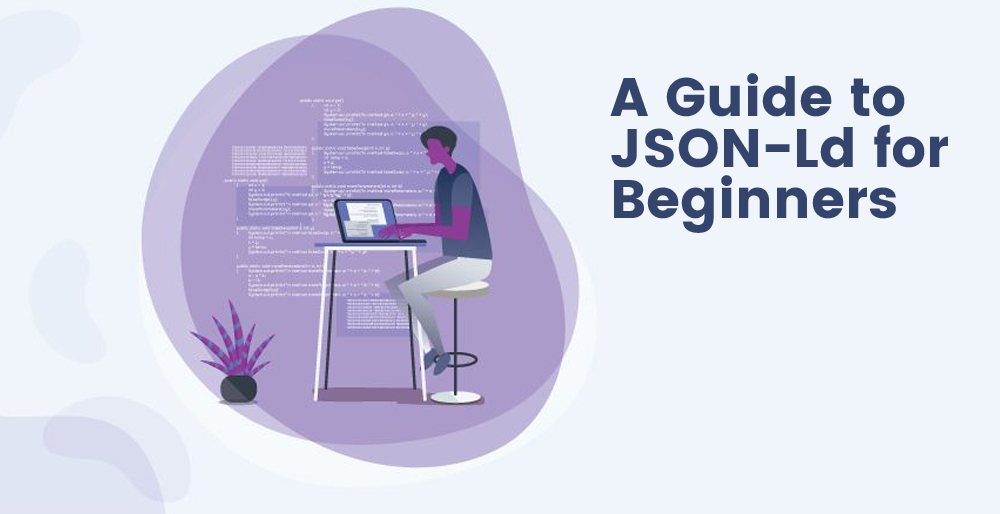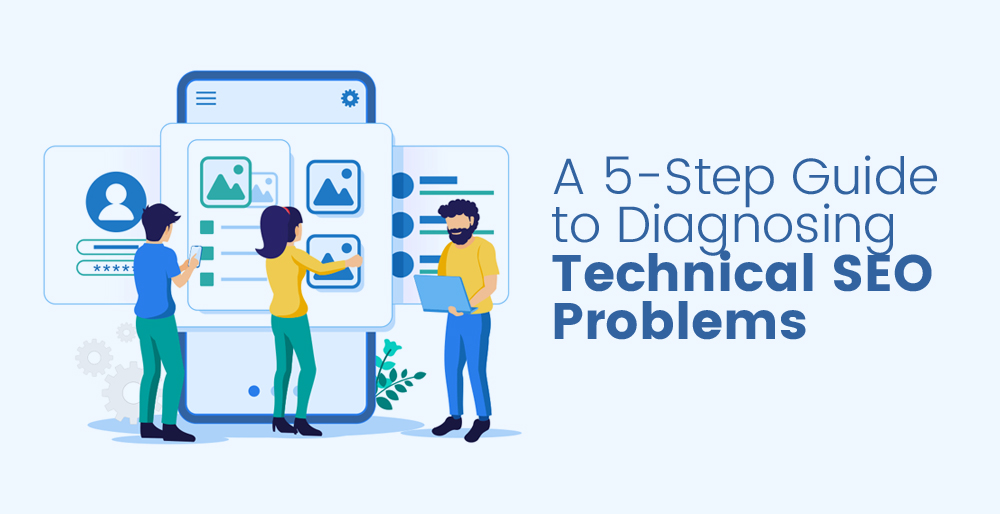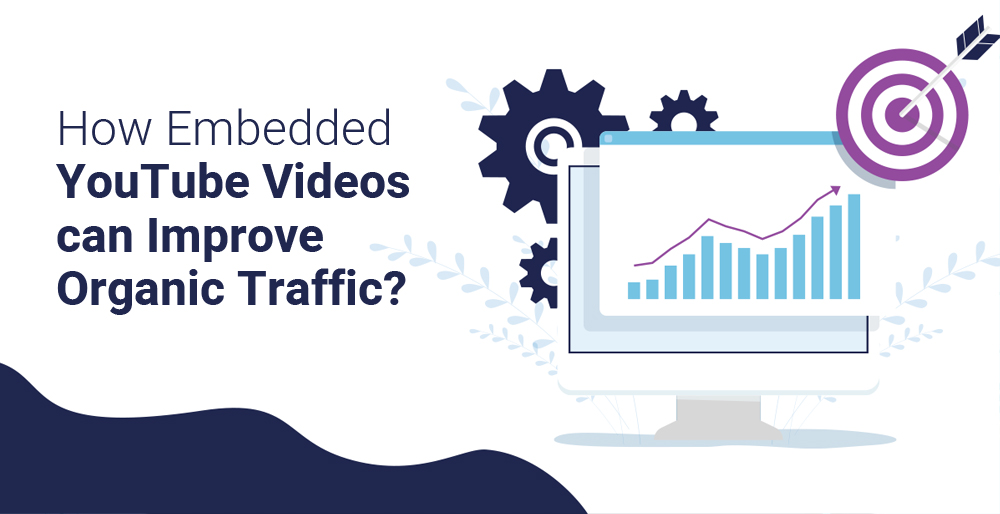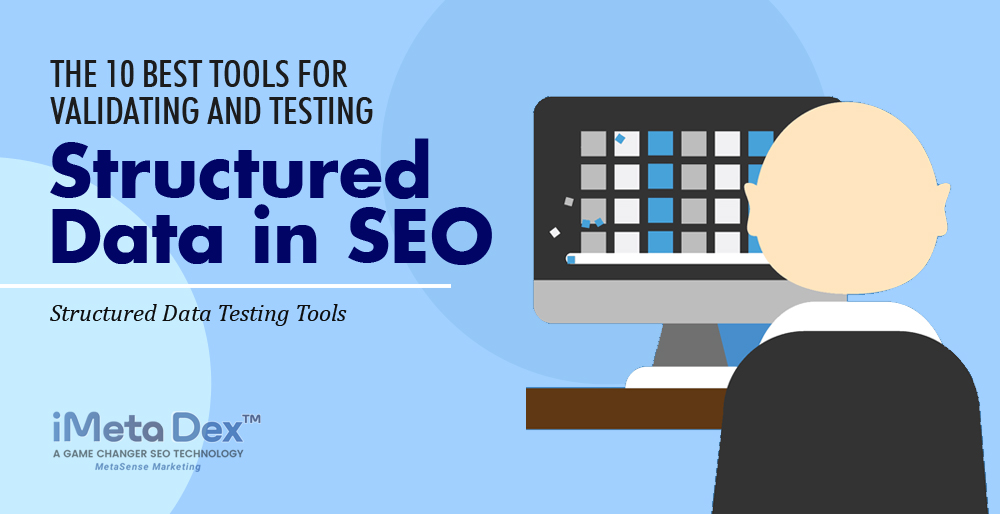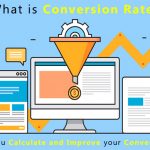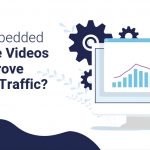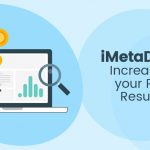Performance Analytics for Schema
With Schema Performance Analytics (SPA), you can track the performance of your online business using structured data. These insights can help you inform your content strategy and overall business strategy using the benefits of Google Search Console and more source data and customization. Your digital team can use structured data to track schema markup efforts, analyze trends over time, and visualize growth.
Google Search Console vs. Schema Performance Analytics
In addition to providing data similar to Google Search Console, Schema Performance Analytics offers different visualizations and customization reports to help you dig deeper into the data. To explain these benefits, we created an info graphic:

SPA lets you view performance (clicks, impressions, and rich results) over various visualizations. Comparing metrics over one, two or more time periods allows you to select one, two, or more time periods. The results of branded keywords versus non-branded keywords can also be compared over time.
With high-level insights, you can see how your schema markup efforts have evolved over time.
You can improve your website content by using structured data opportunities to inform your content strategy. Data from the SPA has been used by many users to prepare periodic reports, compare data from specific marketing periods, and identify the highest performing Schema App templates.
Learn more about Schema Performance Analytics here.
What is Schema Performance Analytics?
Data is crucial to Schema App’s ability to help customers reach their online business goals. Schema Performance Analytics was created to solve this problem! You can use the data to:
- On your website, identify opportunities for structured data
- Your website content strategy can be informed by structured data
- Using schema markup, quantify the results
What are the benefits of Schema Performance Analytics?
Schema Performance Analytics is an enterprise-level solution that enables structured data reporting for customers with growth mindsets. To optimize your content strategy, your SEO team can use this tool to visualize the performance of their schema markup efforts.
Let Schema Performance Analytics unleash the potential of structured data. Let your customer success manager know what you need to do!
We would love to help you reach your structured data potential if you aren’t yet a Schema App customer. Let’s get to know each other better.
- Indicator Source:-
- Indicators are the only place where you can select the indicator source data.
- Specify the indicator frequency for which the indicator source is valid in the Indicator Source field. The frequency can be selected as daily, weekly, monthly, yearly, etc.
- Apply the conditions to the fact table based in the source.
- Portal, Mobile, Self-Service, and Major Incidents should use the records view by default.
- Save the record after filling out all fields.
- Indicator:-
- Metrics are used to measure and forecast current business conditions.
- Minimizing or maximizing the value of ‘Direction’ in indicators is important.
- A unit can be an integer, a large number, a currency, or a quantity of time.
- ‘Precision’ lets you choose how many decimal digits are displayed in the indicator scores.
- This indicator should have access control specified. Scorecards will not display this indicator if ‘Publish on scorecards’ is unchecked. Specify which roles have access to this indicator if it is not accessible to all.
- Indicators can be categorized into three types:
- Automated indicators
- Indicators by hand
- Indicators for formulas
- Sources of breakdown:
- There are unique elements that make up a breakdown.
- The breakdown sources are tables, database views, or bucket groups of records.
- Apply the conditions to the fact table in the breakdown source data.
- Breakdown:-
- A breakdown pointer in a facts table based or a scripted breakdown is based on a breakdown source.
- Access control can be specified in Breakdown.
- Data Collector:–
- Scores are collected regularly from the database by Data Collector by running jobs.
- Daily, the data collector sends the data to Performance Analytics directly from the Service Now database.
- The sources and breakdowns of indicators, as well as the indicators, must be defined before executing data collector jobs. Job results cannot be returned otherwise.
- Widget:-
- Dashboards and visualization types can be configured using widget configuration for viewing, setting up, revising, and managing properties.
- On the dashboard, you can access widgets.
- Types of Widget:-
- Widget for time series
- Widget for breakdowns
- Widget for scoring
- Widget for listing
- Widget for pivoting
- Analyzing text
- Widget for the Workbench
- Dashboard:–
- Dashboards can have multiple tabs. Each tab can hold one or more widgets.
- It is a canvas on which reports, PA widgets, and other Service Now elements can be displayed.
- Users with the pa_admin and pa_power bi roles can access the dashboard. The dashboard can be configured and edited by these users.
- Dashboard content can be organized with the help of tabs and widgets.
- You can have a responsive dashboard or an irresponsible dashboard.
- Analyzing text:
- Analyzing text requires selecting a text field and an indicator.
- Word clouds are part of text analytics.
- Scorecards:-
- Formula indicators are displayed on scorecards, along with the collected scores by date.
To improve performance and accelerate continuous service improvement, Performance Analytics:
- Metrics and trends related to critical processes.
- Assessing organizational performance and process health.
- Analyzing process patterns and identifying potential bottlenecks in advance.
Providing role-based dashboards that continuously display historical and real-time process health statistics.
Performance Analytics can provide the following benefits:

- Insights delivered instantly
- Instead of exporting data warehouses from databases and spreadsheets, your people can access relevant, personalized insights by clicking a button. Your reports are no longer stale and outdated because they are no longer manually created.
- Creating a single truth version
- A single version of reality that teams can use to drive positive change is provided by creating visualizations based on consistent, accurate data.
- Time-to-value is accelerated
- Take advantage of data insights faster by implementing Performance Analytics within weeks rather than months.
- Continuous improvement is a priority
- You can pinpoint improvement opportunities with performance analytics. Use key indicator reports, scorecards, time charts, drill-downs, and dashboards to take action based on key indicators.
- Performance Improvement Limitations
- Occasionally, Persisted Query Information cannot be used or the Model Information must be downloaded when the story opens. This may result in varying performance benefits.
- Structure of the new data model
- As the Persisted Query Information no longer applies to a data model that has been modified by adding or removing measures or dimensions, the Model Information will be requested on story open. Persisted Query Information should be re validated as often as possible by re saving the story.
- Exit variables, dynamic variables, and forced variables
- When Dynamic Variables are consumed, Forced Variable Prompts are used, or Exit Variables are used, Model Information will always be requested. Since the consumption of the data context from the viewer differs from the stored Persisted Query Information, this is almost guaranteed. Bookmarks should be used whenever possible to capture the variations of the dashboard.
- Language for Accessing Data (DAL)
- The dashboard cannot use Persisted Query Information if the Data Access Language is different than the language used to save the story. The goal is to ensure that the translated descriptions of visualizations are displayed correctly.
- Model-based indirect client-side filtering
- If a model dimension is not linked between two models through an indirect client-side filter, Model Information must be downloaded for the correct data to be returned for a respective data-related visualization. Client-side filters should be avoided whenever possible. There are several scenarios in which it occurs:
- Hierarchical links between models
- A link to a BW data model
- A data model without server-side filters across all models
- Model integrations with data sources other than HANA (e.g. Acquired to Live HANA)
- If a model dimension is not linked between two models through an indirect client-side filter, Model Information must be downloaded for the correct data to be returned for a respective data-related visualization. Client-side filters should be avoided whenever possible. There are several scenarios in which it occurs:
- Bubble Clustering in Geo Visualizations
- Data points must be resized and moved to ensure proper bubble clustering, so model information must be provided. Clustering should be disabled when there are fewer than the clustering threshold display points.
- Models for BW data
- Model Information will always be downloaded for BW Data Models and not be persistent (subject to change – please review limitations documentation). The data-related objects should be returned with the correct data.
- Using the URL API or a predefined page to open a story
- The first content page is currently the only page where Persisted Query Information is available. Persisted Query Information will not be used with stories opened with pages other than the first page or when using the Public URL API for filters or variables.
To learn more about iMetaDex™, click here.
MetaSense Marketing Management Inc.
866-875-META (6382)
support@metasensemarketing.com















